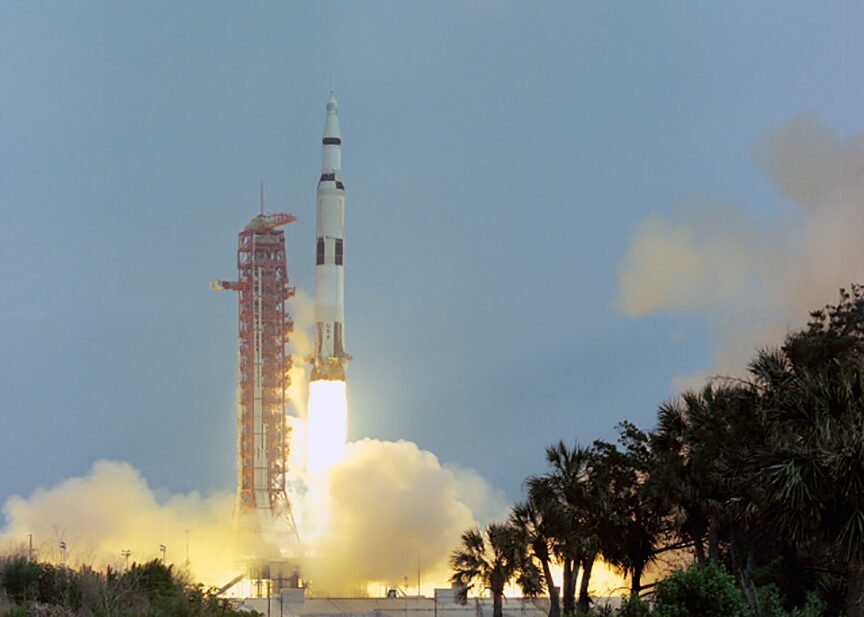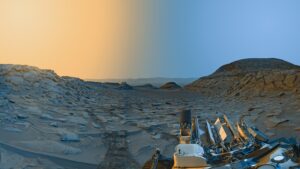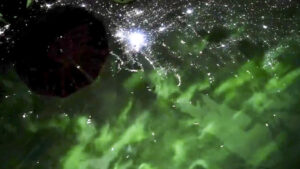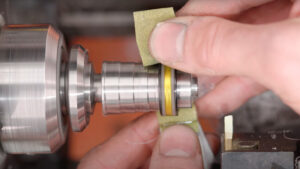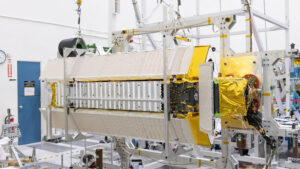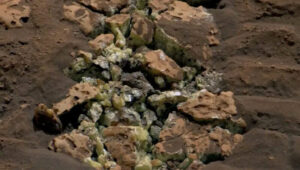In April of 1970, the entire world watched anxiously as the lives of three astronauts hung in the balance. The Apollo 13 mission, part of NASA’s ongoing human space flight program, had gone desperately wrong after an explosion mid-way through the lunar journey. Now, the crew had abandoned their mission in an attempt to save their lives.
Unlucky 13
“It was plagued by bad omens and bad luck from the very beginning,” Jim Lovell, one of the Apollo 13 astronauts, says in this short documentary.
Gene Kranz, one of the flight directors, shares a similar sentiment. “It never really converged to the point where you felt you really had total control of what was going on.”
Within days of launch, the goal had changed. It was no longer about landing on the moon. The best they could hope for was to get Jim Lovell, Fred Haise, and Jack Swigert home alive.
But further challenges plagued their journey home. The crew had to spend hours relearning how to control the craft, as the indicators they’d been trained to use had been turned off. They had to rely only on a computer display.
“I had never tried that before, and I really don’t know who had,” Jim Lovell explained in the documentary’s archival footage. This was not the only maneuver they had to learn on the fly.
“We really threw away the book,” Jack Swigert said. The crew had been required to power down a command module while in space and then later reactivate it. Neither had ever been done before.
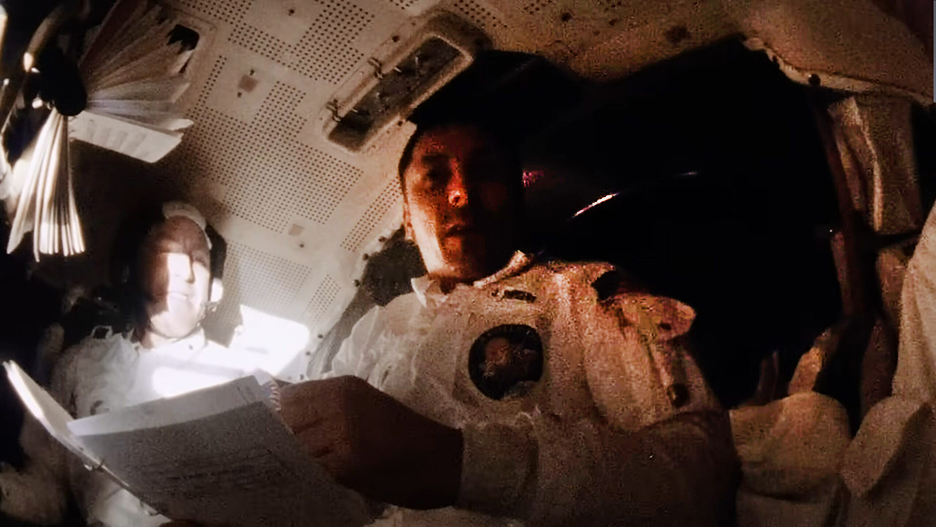
Original archival footage from inside the Apollo 13 spacecraft. Photo: Screenshot
Damp, frozen, and filled With CO2
While the documentary tackles the complex science behind the mission, it also showcases human challenges and discomforts.
With all nonessential systems shut off to conserve power, the inside of the ship became extremely cold. As they approached re-entry, the command module was only a few degrees above freezing. One of the potable water lines was completely frozen.
Fred Haise also remembers the pervasive dampness inside both the lunar and command modules, with the water separators no longer working.
“In the command module, we actually had to get towels out to wipe off the instrument panel, to see the instruments,” he said.
In addition to the freezing cold and the dampness, they had to contend with rising CO2 levels. While they had plenty of oxygen, their own respiration was rapidly increasing the percentage of carbon dioxide in the air.
With the help of ground control, the astronauts refashioned the CO2 canisters in the command module to function in the lunar module.
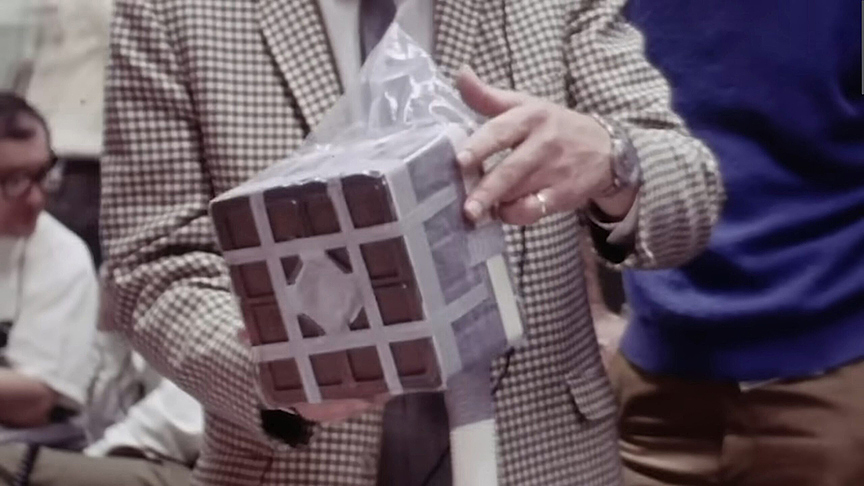
One of the jury-rigged devices constructed by Jack Swigert and Jim Lovell, as shown in archival footage. Photo: Screenshot
The devices were effective, but no sooner had they been installed than ground control in Houston alerted them to the fact that their trajectory was off, and they would have to perform another burn.
Ultimate victory
While the documentary has not shied away from the challenges of the Apollo 13 mission, it revels in the ultimate victory of their safe return.
The final burn, in which, with limited navigational equipment, they relied on the sun’s position and the terminator of the earth, was successful.
“It was pretty much the normal entry all the way down,” Fred Haise explained. He added proudly that it was the second most accurate splashdown in the entire Apollo program.
Sweeping music plays over scenes of clapping, cheering crowds and a relieved control room. A voice chimes in, extolling the bravery and ingenuity of the astronauts. The voice belongs to the not-yet-impeached President Richard Nixon.
Nixon accurately captures the proud and celebratory tone of the historical moment. Although the story is fairly well-known, the emphasis on first-hand testimony and archival footage lends intimacy to this short documentary.
